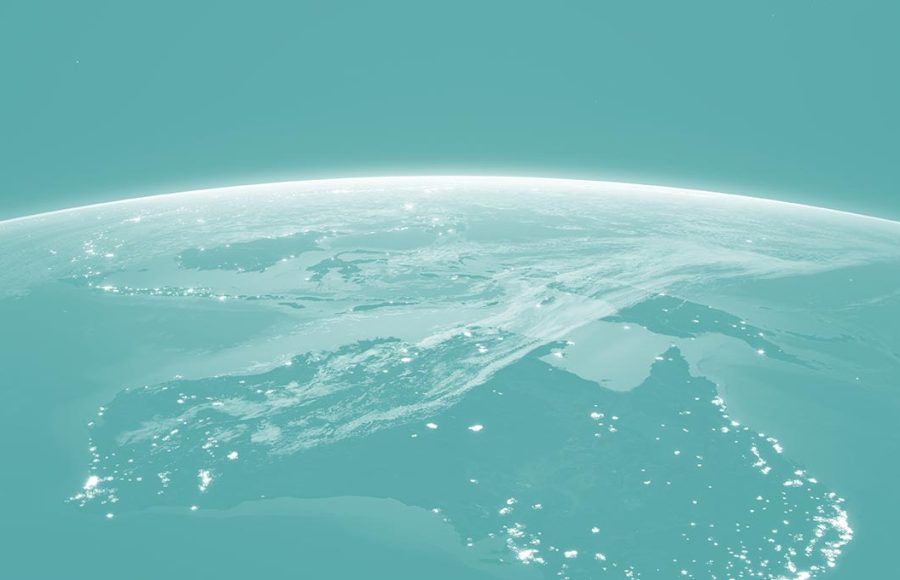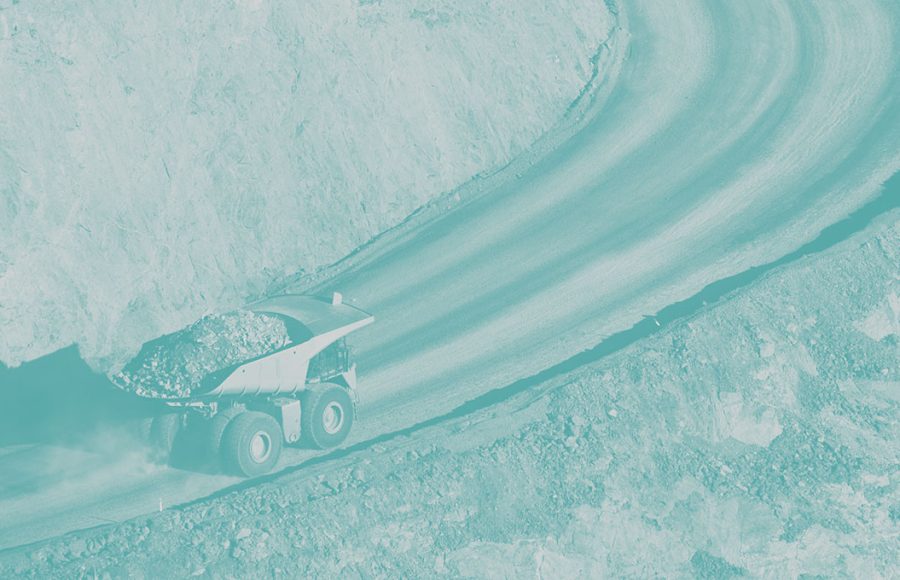Background
One of the largest parts of the Earth, the Antarctic, a continent with significant on-land and off-shore natural resources, is subject to a treaty system –the Antarctic Treaty System – that has kept contending territorial claimants at peace, and prevented environmentally damaging exploitation of resources, for over 50 years.
The largest claim is by Australia at 42%. A large section of the continent is not, as yet, subject to claims.
Parts of the continent are claimed by Australia, the UK, France, Norway, Argentina, Chile and New Zealand. The largest claim is by Australia at 42%. A large section of the continent is not, as yet, subject to claims. Over 15 countries have established research bases on the continent.
The Key Issues
A number of countries, including the US, Russia and China, do not recognise existing claims.
Global resource competition may present significant pressure to exploit the continent and its waters, with illegal fishing being the obvious immediate example.
Key parts of the ATS, within the Protocol on Environmental Protection (or the Madrid Protocol), are up for review by 2048.
The geo-political environment at the start of the third decade of the 21 century is significantly different to those that gave rise to and sustained the ATS, posing a considerable challenge to maintenance of continental stability and peace through diplomacy (Buchanan, 2019).
What’s at Stake
Protection of the Land Environment – The Madrid Protocol has been the overarching protocol that has protected the Antarctic land environment including its ecosystems (Barr, 2018). As the impacts of climate change worsen and the impacts of human activity on the continent grow, the protection of the land environment is a crucial aspect of managing the continent. The Australian Antarctic Division reports that since activity on the continent began, the land environment has been subject to:
- Contamination of the soils
- Contamination of the sea with rubbish and sewage
- Killing of Antarctic species to the verge of extinction
- Protection of Marine Areas – The Southern Ocean continues to warm, while changes in weather patterns could lead to changes in the Antarctic ecosystem: “changes in the physical environment may alter the species composition of planktonic communities, as well as the way that carbon cycles from the atmosphere through the marine ecosystems” (DoE, 2016). This could result in significant changes to the marine environment in Antarctica and the Southern Ocean.
- Prohibition of Mining – The Madrid Protocol explicitly bans mining under Article 7 of the ATS. However, as Nengye Liu (2019) has argued, there is a risk that states may wish under Article 25 of the Protocol to review this ban. In assessing China’s activities in Antarctica, Liu argues that “China is supportive of the ATS but wants to shape the ATS for its national interests.” As demand for natural resources continues to grow, there may be a growing appetite among states such as China to review the Protocol. This could undermine the stability of the ATS.
- Regulation of Fishing – Fishing activity around Antarctica is governed by the Convention on the Conservation of Antarctic Marine Living Resources. However, there has been a substantial increase in illegal, unregulated and unreported (IUU) fishing in and around the convention area (Discovering Antarctica, 2019). Of particular concern is the problem, due to its centrality to the entire Antarctic ecosystem, of Antarctic Krill being subject to IUU fishing.
- Collaboration in Scientific Research – While there has been significant research undertaken on the Antarctic continent, there is still much more scientific research that needs to be done. Collaborative scientific research in Antarctica will be central to understanding the likely global ramifications of climate change and crucial to developing an integrated understanding of the history and future of Antarctica as a continent. Barriers to collaboration could arise as 2048 approaches as issues of territorial claims and the prohibition of mining become more pertinent.
- Non-Militarisation – The use of Antarctica for military purposes such as the testing of weapons or the establishment of bases is prohibited under Article 1 of the ATS. However, the use of military personnel and equipment is allowed for scientific research and other peaceful purposes. Dual use technology, such as BeiDou, China’s equivalent of GPS, is being used on Antarctic territory (Brady, 2017). Command and Control systems such as BeiDou are central to enhancing intelligence,
surveillance and reconnaissance capabilities and for targeting and communication purposes. There is a risk that as certain state actors continue to challenge international rules and norms with specific regard to non-militarisation, the ATS could come under threat.
What Next?
The ATS has been crucial to peaceful management of historical territorial claims whilst simultaneously facilitating collaborative scientific cooperation and environmental protection on the continent with other states (Bray, 2016). Maintaining and strengthening the ATS is in the interests of the global community. It is important that the UN, and the claimant States in particular, consider policy options as 2048 approaches. The Institute proposes that governments:
- Commit air, sea and land resources to the collaborative enforcement of the ATS. For example, resources such as air and maritime intelligence, surveillance and interdiction capabilities must be used to verify ATS compliance and monitor IUU in the Southern Ocean. Land resources are needed to provide year-long access across the continent to conduct inspections and compliance operations at any time. Collaborative policy and contingency planning should be undertaken to prepare for any breach of the ATS.
- Resource significant diplomatic efforts to renew the ATS beyond 2048. The peaceful management of territorial claims and scientific collaboration remain inextricably connected to the maintenance and renewal of the ATS beyond 2048. It is only 29 years until 2048: diplomatic efforts to renew the Treaty should be intensified now.
- Develop and implement a global public engagement campaign. The importance of Antarctica to the global community and the issue of maintaining the peace and sustainability of the continent should be communicated to both the decision makers and the publics of the ATS members states, with a view to informing them of the continuing role the ATS plays in fostering multilateral cooperation, and to maintaining their support for investment in the ATS.

